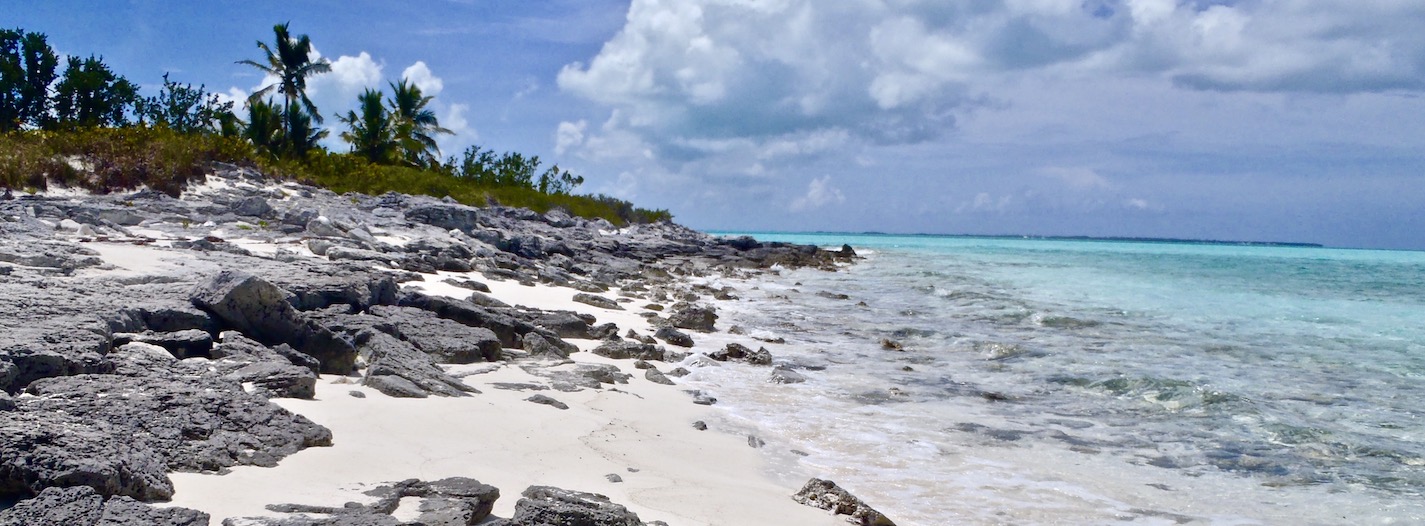
Exploration and Development of Carbonate Reservoirs
Course Details
This is a comprehensive course which has a lecture component and a workshop component. Lectures are delivered from 9:00 am until lunch and during the afternoon participants will perform several exercises the aim of which is to familiarize them with carbonate depositional systems, microfacies and reservoir characterization. Participants are highly encouraged to bring-in seismic lines and well-logs from their own work projects. The fifth day of the course can either focus on reservoir characterization or a 1-day core workshop on your company’s core data. There is also an optional exercise in which participants are taught reservoir characterization using a microscope (this is only possible if microscopes are provided by your company). If you choose to take this course in Bali, then it will include a 1-day field trip on modern carbonate depositional environments and facies belts along a rimmed attached platform. For those working on carbonate ramp reservoirs, we recommend taking this course in Abu Dhabi.Who Should Attend
• Geologists
• Geophysicists
• Petrophysicists
• Engineers
Need more information?
Course Outline
Day 1
I. Controls on carbonate production, effects of temperature, latitude, depth, salinity and the distribution of reservoir facies.
Carbonate Microfacies: classification schemes of Dunham and Folk, reef rock classification, microbialite classification, the concept of microfacies and introduction to non-skeletal (cortoids, ooids, pisoids, oncoids, grapestones, intraclasts, extraclasts) and skeletal (coral, bryozoans, algae, molluscs, forams and more) grain types, and carbonate matrix.
II. Exercise: Modern carbonate depositional environments, facies distribution
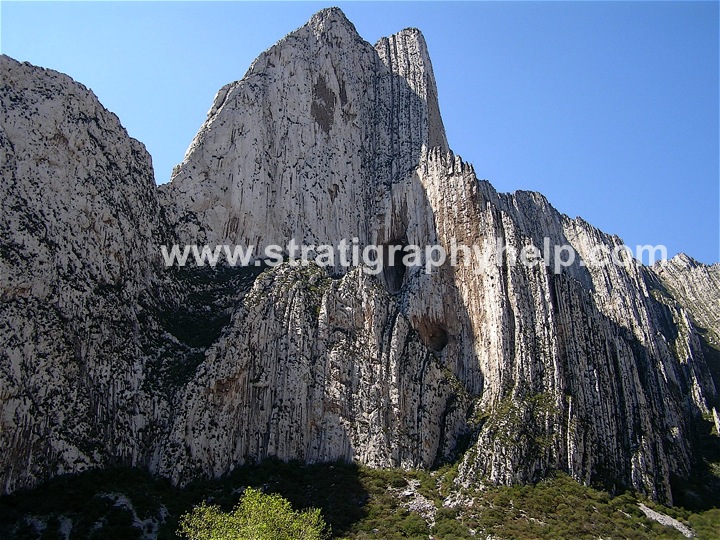
Day 2
I. Introduction to carbonate factories and builders through time, carbonate platforms types (isolated, rimmed attached, attached, and ramps) and their reservoir distribution. T, C and M factories of Schlager.
Carbonate sequence stratigraphy and cyclicity: shelf cycles of ramps, Lofer and Latemar cycles, Brining upwards cycles, recognition of stratal discontinuities in core, well-logs and seismic.
Exercise: Describing core and thin sections
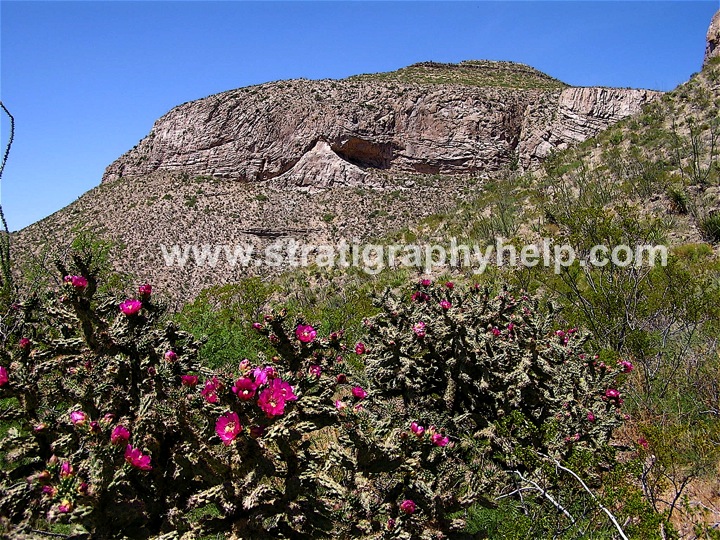
Day 3
I. Carbonate Diagenesis: Cement types, positive and negative effects of dolomitization on reservoir quality, and dedolomitization.
Carbonate Ichnology, bioturbation index and ichnofacies.
Reservoir Characterization and the classification of pore systems.
Exercise: How to approach a carbonate play by integrating seismic, well logs, and core.
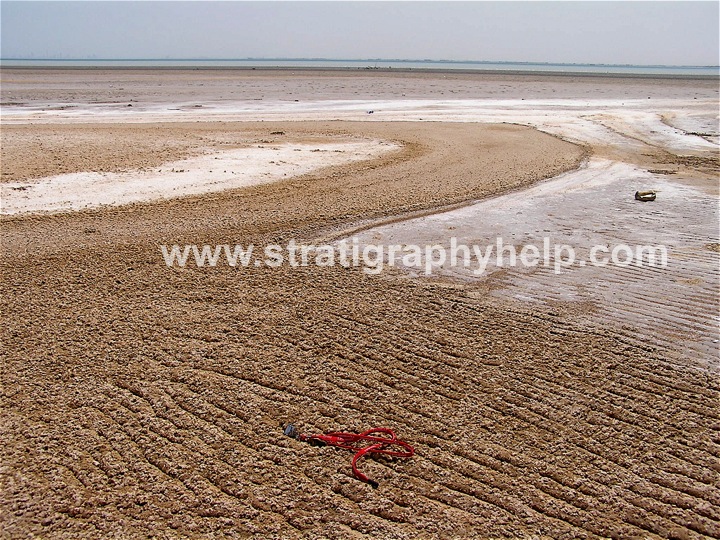
Day 4
I. Field trip to modern carbonate depositional environments in either Abu Dhabi (ramp setting) or Bali (rimmed attached shelf)
Exercise: Identification of key-sequence stratigraphic surfaces
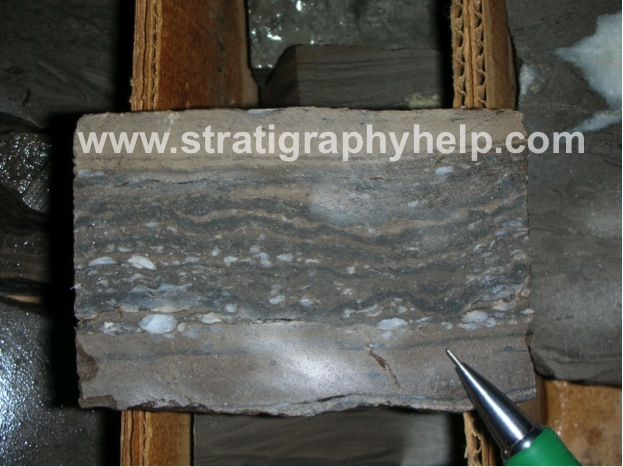
Day 5
I. Seismic Expression of Carbonate Platforms
Exercise: How to calculate Net: Gross in carbonate reservoirs

This course will be taught in Bali, Indonesia between November 6-10, 2021


